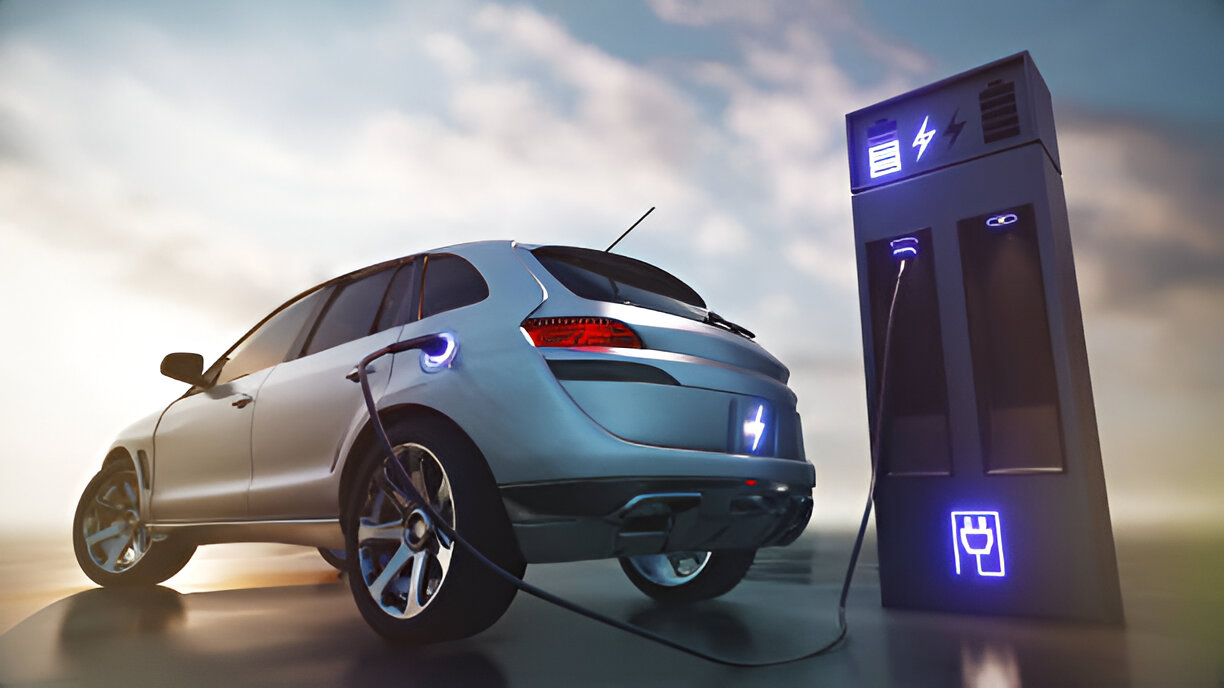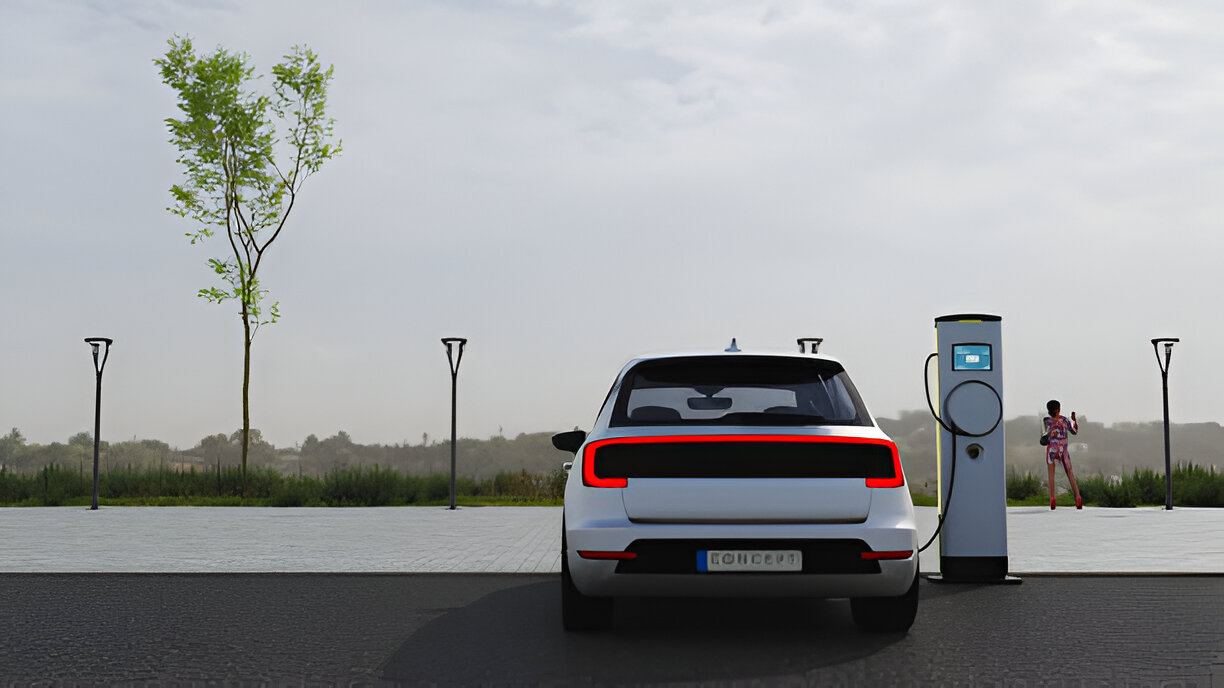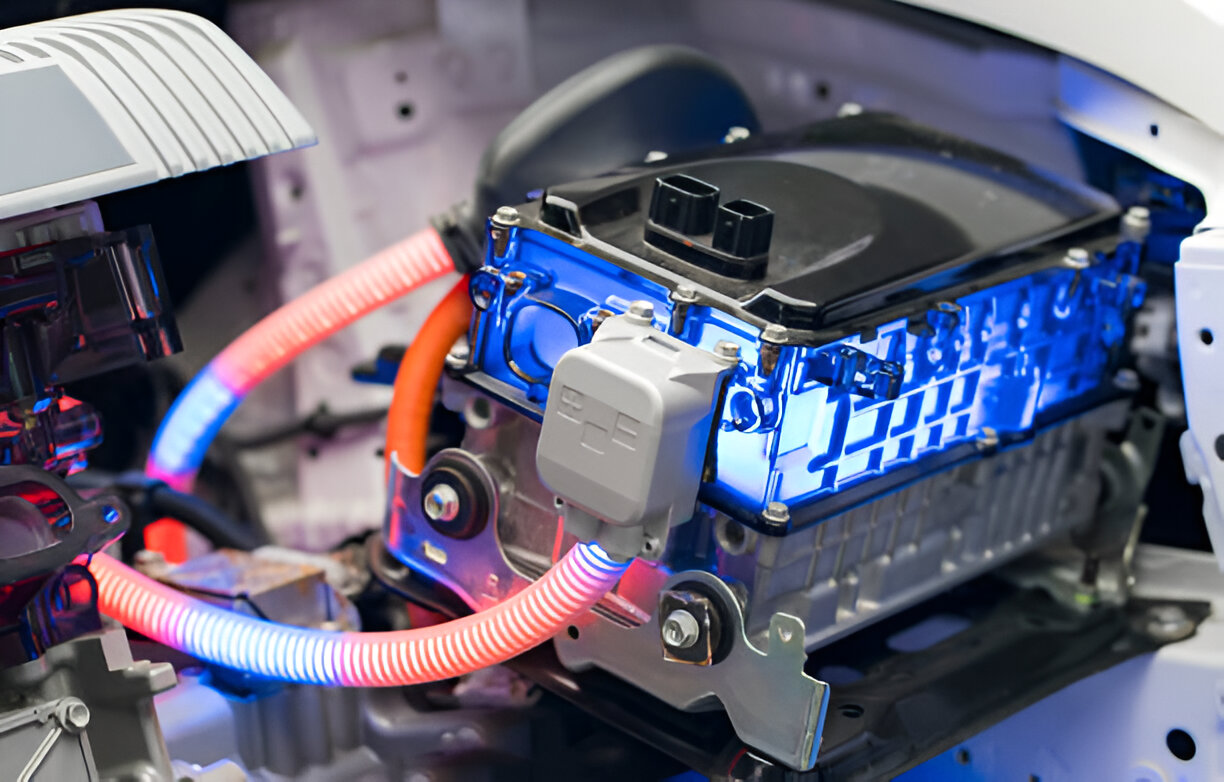The rise of electric vehicles (EVs) represents a significant shift in the automotive industry, driven by advancements in technology and a growing emphasis on sustainability. Two critical components of this shift are charging infrastructure and battery technology. Both play a vital role in the adoption and practicality of electric vehicles. In this article, we’ll explore the current state of charging infrastructure and battery technology, their challenges, and their future prospects.
1. Charging Infrastructure

Charging infrastructure is crucial for the widespread adoption of electric vehicles. It consists of charging stations where EVs can recharge their batteries. This infrastructure is essential to alleviate range anxiety and make electric vehicles as convenient as gasoline-powered cars.
Types of Charging Stations
- Level 1 Charging:
- Description: This is the most basic form of EV charging, typically using a standard 120-volt household outlet.
- Charging Time: Level 1 charging is the slowest, often taking 8 to 12 hours to fully charge an EV.
- Use Case: Ideal for home charging where the vehicle is parked for extended periods, such as overnight.
- Level 2 Charging:
- Description: Level 2 chargers use a 240-volt outlet and are commonly found in public charging stations and homes with dedicated charging equipment.
- Charging Time: This type can charge an EV in 4 to 8 hours, depending on the vehicle and charger.
- Use Case: Suitable for daily charging needs and can be installed at home or found at public and commercial locations.
- DC Fast Charging:
- Description: DC fast chargers provide rapid charging using direct current (DC) and are typically located along highways and in high-traffic areas.
- Charging Time: These chargers can deliver an 80% charge in 30 minutes to an hour, making them ideal for long-distance travel.
- Use Case: Best for quick recharges during long trips or when fast charging is needed in public locations.
Current Challenges
- Coverage and Accessibility: While charging networks are expanding, coverage can still be sparse in certain areas, particularly in rural locations. Ensuring that charging stations are accessible and available is critical for widespread adoption.
- Charging Speed: Despite advancements, charging speeds can still be slower compared to the refueling time of gasoline vehicles. Improvements in fast-charging technology are essential to address this concern.
- Standardization: Variations in connector types and charging standards can create compatibility issues. Efforts are underway to standardize charging protocols to simplify the charging process across different EV models and networks.
Future Prospects
- Expansion of Charging Networks: Investments in infrastructure are expected to increase, with more charging stations being deployed in urban, suburban, and rural areas. Companies and governments are working to create a more comprehensive and accessible charging network.
- Ultra-Fast Charging Technology: Research is ongoing into ultra-fast charging solutions that could significantly reduce charging times, potentially to the point where EVs can be charged as quickly as refueling a gasoline vehicle.
- Wireless Charging: Emerging technologies like wireless or inductive charging could offer the convenience of charging without physically connecting to a station. This could revolutionize how EVs are charged in the future.
2. Battery Technology

Battery technology is the heart of an electric vehicle, determining its range, performance, and overall efficiency. Advances in battery technology are crucial for improving the viability and attractiveness of EVs.
Types of Batteries
- Lithium-Ion Batteries:
- Description: The most common battery type used in EVs today, known for its high energy density, long life, and relatively light weight.
- Performance: Provides a good balance of range, charging speed, and longevity. Improvements in lithium-ion technology continue to enhance EV performance and reduce costs.
- Solid-State Batteries:
- Description: An emerging technology that uses a solid electrolyte instead of the liquid or gel electrolytes found in traditional lithium-ion batteries.
- Performance: Promises higher energy density, faster charging times, and improved safety due to reduced risk of leaks and fires. Still in development stages, but expected to play a significant role in the future of EVs.
- Lithium Iron Phosphate (LiFePO4) Batteries:
- Description: A type of lithium battery known for its safety and thermal stability, with a slightly lower energy density compared to other lithium batteries.
- Performance: Provides longer cycle life and stability, making it a suitable option for certain applications, including commercial vehicles and energy storage.
Current Challenges
- Battery Life and Degradation: Over time, batteries can degrade, leading to reduced range and performance. Advances in battery management systems and materials aim to extend battery life and mitigate degradation.
- Cost: The cost of battery packs remains a significant portion of the overall cost of EVs. However, ongoing research and economies of scale are gradually reducing these costs, making EVs more affordable.
- Resource and Recycling Issues: The production of batteries relies on rare minerals such as lithium, cobalt, and nickel. Ensuring sustainable mining practices and developing effective recycling methods are crucial for the long-term viability of EV batteries.
Future Prospects
- Improved Energy Density: Research into new materials and battery designs aims to increase energy density, allowing for longer ranges and lighter batteries.
- Faster Charging Technology: Advances in battery chemistry and design are expected to lead to faster charging times, making EVs more convenient for everyday use and long-distance travel.
- Recycling and Sustainability: Enhanced recycling processes and the development of closed-loop supply chains will help address resource concerns and reduce the environmental impact of battery production and disposal.
Conclusion
Charging infrastructure and battery technology are pivotal to the success and widespread adoption of electric vehicles. While challenges remain, significant progress is being made in both areas. The expansion of charging networks, improvements in battery technology, and innovative solutions are all contributing to a more practical and appealing EV experience. As technology continues to advance, electric vehicles are poised to become an increasingly viable and attractive option for drivers seeking sustainability, performance, and efficiency.








